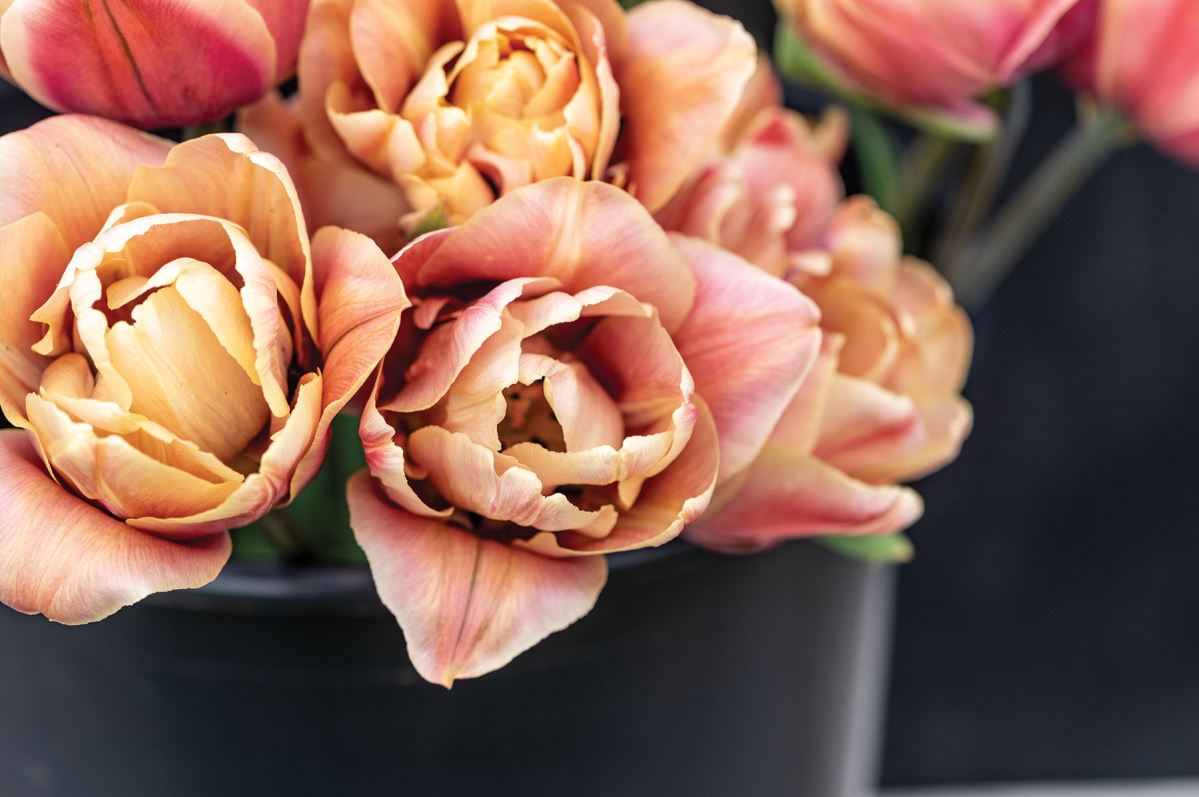La Belle Epoque – Tulip
Couldn't load pickup availability
Description
The La Belle Epoque Tulip is a charming, unique variety known for its captivating, blend of pastel colors. With a delicate mix of blush pink, apricot, and soft yellow, these elegant blooms will make a stunning addition to any garden or floral arrangement. This variety is celebrated for its ruffled petals and subtle yet sophisticated color scheme, making it a must-have for garden enthusiasts and cut-flower aficionados alike.
Key Features:
Charming Pastel Color Blend: The La Belle Epoque Tulip features a beautiful blend of soft blush pink, apricot, and subtle yellow hues, offering a delicate and timeless appearance.
Ruffled Petals: The petals are elegantly ruffled, giving the flower a lush and fuller look, ideal for adding texture to flower beds or bouquets.
Elegant Shape: This variety's unique cup-shaped blooms open wide, enhancing their aesthetic appeal and creating a graceful display.
Durable: Known for its robust and strong stems, the La Belle Epoque tulip stands upright and holds up well in various weather conditions.
Specifications:
Flower Color: Soft blush pink, apricot, and yellow
Height: Typically grows 12–18 inches tall
Bloom Time: Mid to late spring (usually in April to May, depending on the climate)
Plant Type: Perennial (grown as an annual in colder climates)
Planting Depth: Plant bulbs 6–8 inches deep for strong root development
Spacing: Space bulbs 4–6 inches apart to allow for full blooming
Light: Full sun to partial shade
Soil: Well-drained, fertile soil
Growing Tips:
Planting: Plant La Belle Epoque bulbs in the fall, several weeks before the first hard frost to allow the bulbs to establish roots. They thrive in well-drained soil, so be sure to amend the soil if necessary.
Watering: Water the soil thoroughly after planting, but avoid waterlogging, as bulbs prefer well-drained soil. Water again when the shoots emerge in spring.





